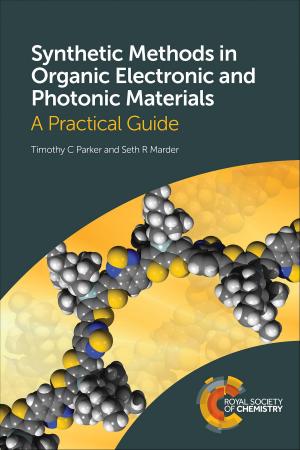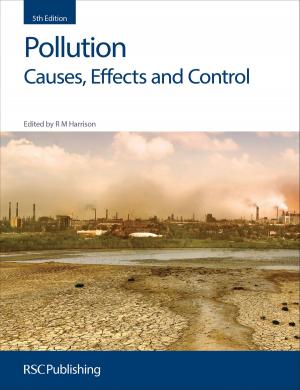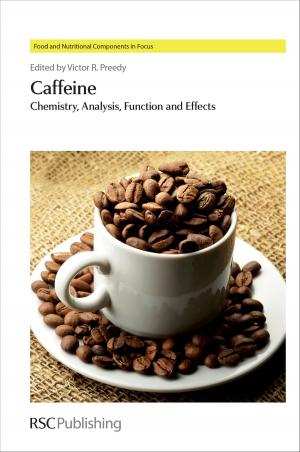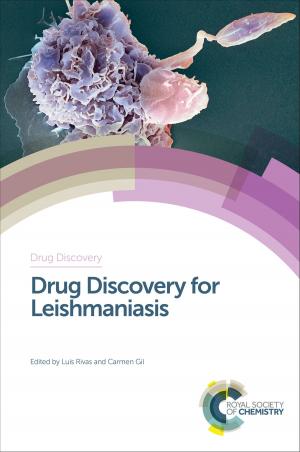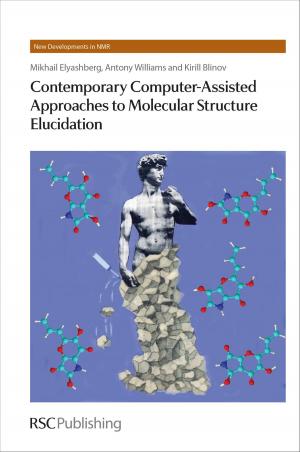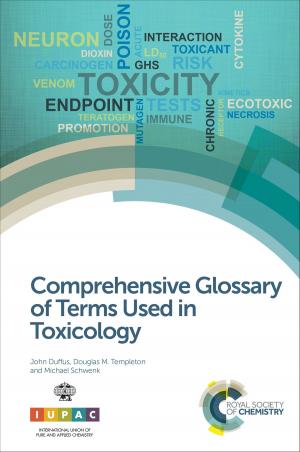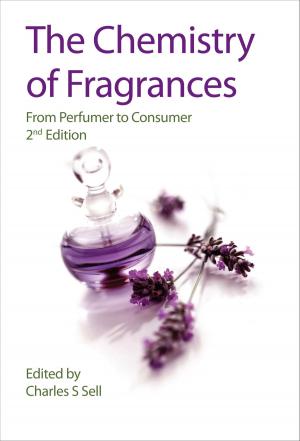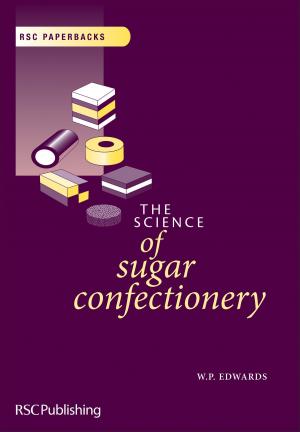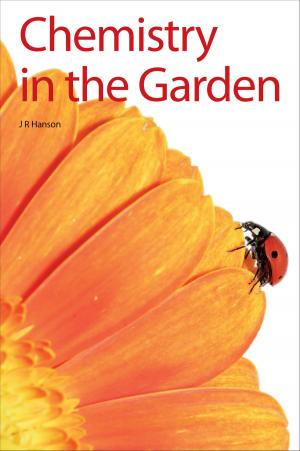Chocolate as Medicine
A Quest over the Centuries
Nonfiction, Science & Nature, Technology, Food Industry & Science, Health & Well Being, Health, Nutrition & Diet, Nutrition| Author: | Philip K Wilson, W Jeffrey Hurst | ISBN: | 9781782625124 |
| Publisher: | Royal Society of Chemistry | Publication: | November 6, 2015 |
| Imprint: | Royal Society of Chemistry | Language: | English |
| Author: | Philip K Wilson, W Jeffrey Hurst |
| ISBN: | 9781782625124 |
| Publisher: | Royal Society of Chemistry |
| Publication: | November 6, 2015 |
| Imprint: | Royal Society of Chemistry |
| Language: | English |
The Mesoamerican population who lived near the indigenous cultivation sites of the "Chocolate Tree" (Theobromo cacao) had a multitude of documented applications of chocolate as medicine, ranging from alleviating fatigue to preventing heart ailments to treating snakebite. Until recently, these applications have received little sound scientific scrutiny. Rather, it has been the reputed health claims stemming from Europe and the United States which have attracted considerable biomedical attention. This book, for the first time, describes the centuries-long quest to uncover chocolate's potential health benefits. The authors explore variations in the types of evidence used to support chocolate's use as medicine as well as note the ongoing tension over categorizing chocolate as food or medicine, and more recently, as functional food or nutraceutical. The authors, Wilson an historian of science and medicine, and Hurst an analytical chemist in the chocolate industry, bring their collective insights to bear upon the development of ideas and practices surrounding the use of chocolate as medicine. Chocolate's use in this manner is explored first among the Mesoamerican peoples, then as it is transported to Europe, and back into Colonial North America. The authors then focus upon more recent bioscience experimental undertakings which have been aimed to ascertain both long-standing and novel suggestions as to chocolate's efficacy as a medicinal and a nutritional substance. Chocolate/s reputation as the most craved food boosts this book's appeal to food and biomedical scientists, cacao researchers, ethnobotanists, historians, folklorists, and healers of all types as well as to the general reading audience.
The Mesoamerican population who lived near the indigenous cultivation sites of the "Chocolate Tree" (Theobromo cacao) had a multitude of documented applications of chocolate as medicine, ranging from alleviating fatigue to preventing heart ailments to treating snakebite. Until recently, these applications have received little sound scientific scrutiny. Rather, it has been the reputed health claims stemming from Europe and the United States which have attracted considerable biomedical attention. This book, for the first time, describes the centuries-long quest to uncover chocolate's potential health benefits. The authors explore variations in the types of evidence used to support chocolate's use as medicine as well as note the ongoing tension over categorizing chocolate as food or medicine, and more recently, as functional food or nutraceutical. The authors, Wilson an historian of science and medicine, and Hurst an analytical chemist in the chocolate industry, bring their collective insights to bear upon the development of ideas and practices surrounding the use of chocolate as medicine. Chocolate's use in this manner is explored first among the Mesoamerican peoples, then as it is transported to Europe, and back into Colonial North America. The authors then focus upon more recent bioscience experimental undertakings which have been aimed to ascertain both long-standing and novel suggestions as to chocolate's efficacy as a medicinal and a nutritional substance. Chocolate/s reputation as the most craved food boosts this book's appeal to food and biomedical scientists, cacao researchers, ethnobotanists, historians, folklorists, and healers of all types as well as to the general reading audience.


